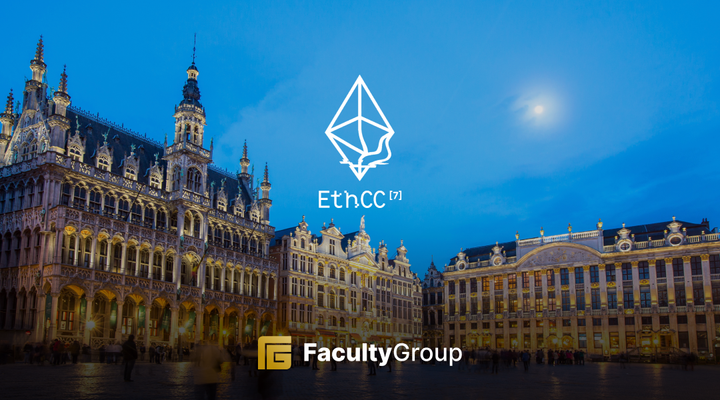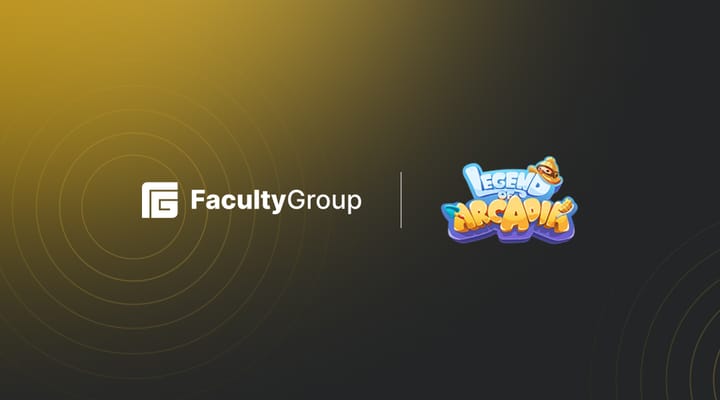Real World Asset Tokenisation - full steam ahead

Highlighted as one of the key trends by Vitalik himself for 2023, the tokenisation of real-world assets is becoming a reality as projects see the potential of bringing uncorrelated assets and value into DeFi markets along with regulatory clarity for investors. Tokenisation and the narrative around how this technology could make any real-world asset tradeable on-chain was a hot topic in the early days of crypto; most were sceptical of security tokens and security token offerings versus ICOs.
One of the early projects working on tokenisation was Swarm, a Berlin-based fully regulated exchange. Fast forward six years to Europe, where financial regulators have clearly defined digital assets are to be treated as financial instruments through MiCA, and Swarm is launching fully tradable tokenised stocks (Tesla and Apple) and bonds ETFs via Polygon, which can be used as collateral for borrowing or buying other digital assets in their network. Let’s look at tokenisation, why it is needed and what benefits it can bring to DeFi and web3.
What is tokenisation?
Many people confuse tokenised securities with the tokenisation of real-world assets. Tokenised securities (equity, stocks, shares, etc.) entitle the holder to a future stream of revenue (like dividends in TradFi) and confer a share of ownership of a company (like equity shares in TradFi). Tokenised securities are subject to existing securities laws and require full regulatory approval from jurisdictions (such as SEC, BoE, Singapore, and EU) to be sold in public offerings to non-accredited investors or traded on secondary markets. This means that securities licences for broker/dealer, exchange, custody, payments etc., are all required to trade these on behalf of customers.
Asset Tokenisation is the process by which real-world liquid assets, such as shares, bonds, capital, funds or real estate etc., are wrapped in a digital token and registered on the blockchain. The digital ‘token’ provides digital proof of ownership on-chain for the real-world liquid asset and its value. Tokenisation reduces the regulatory hurdles in meeting financial requirements for exchanges and marketplaces in web3 as CASPs in the EU.
These tokenised assets can be used as collateral for buying or borrowing other digital assets without the liquidity or volatility risks associated with digital payment tokens or cryptocurrencies. Many tokenised asset platforms are working on adopting RWAs in many jurisdictions, including IXSwap, MakerDAO, Maple Finance, and Fireblocks, to name a few.
What are the benefits for DeFi and web3?
The tokenisation of real-world assets for use in DeFi provides the following:
- Increased efficiency and reduced costs: Atomic settlement reduces friction during post-trade reconciliation and removes the need for delayed T+2 settlement, as assets can be simultaneously delivered with payment. Protocol execution has shown a huge reduction in costs, such as bond issuance and other test transactions by traditional financial institutions working in collaboration with DeFi platforms.
- Compliance built-in: Complex compliance, regulatory information and KYC/AML tools can be programmed directly into transactions while remaining compliant with financial regulations and directives.
- Product Innovation: With assets and application logic built within a standard settlement layer, tokenisation increases the ability to build previously unfeasible products and streamline issuance.
- Regulatory clarity: This gives investors the same ‘protections’ and structures they are used to in traditional financial services.
The above represents an investment opportunity for DeFi and TradFi to collaborate on regulatory structures, settlement and issuance. This is why many platforms and institutions are prototyping digital assets in this space, including JPMorgan, UBS and BlackRock.
Over the last year, we have seen how highly correlated and interconnected digital assets are when used as collateral for borrowing across platforms in DeFi and web3. Tokenisation is a way to bring real-world assets into DeFi and create regulated ‘wrappers’ on-chain, which could act as a gateway for institutional investors to access DeFi in a safe and regulated manner. For retail investors, it should lower entry barriers through fractional ownership and opportunities to access products previously only available to accredited investors.
RWAs represent an opportunity for existing financial institutions and DeFi ecosystems to work together to deliver efficiency and product innovation. Having built the infrastructure and traversed the regulatory and licensing hurdles, many DeFi projects are finally at the point of launching in 2023. Although the trust assumptions between these financial ‘realms’ are very different, RWAs will create value for traditional and DeFi investors and transform both public, private and secondary financial markets in the coming years to unlock liquidity and innovation on an unprecedented scale.








